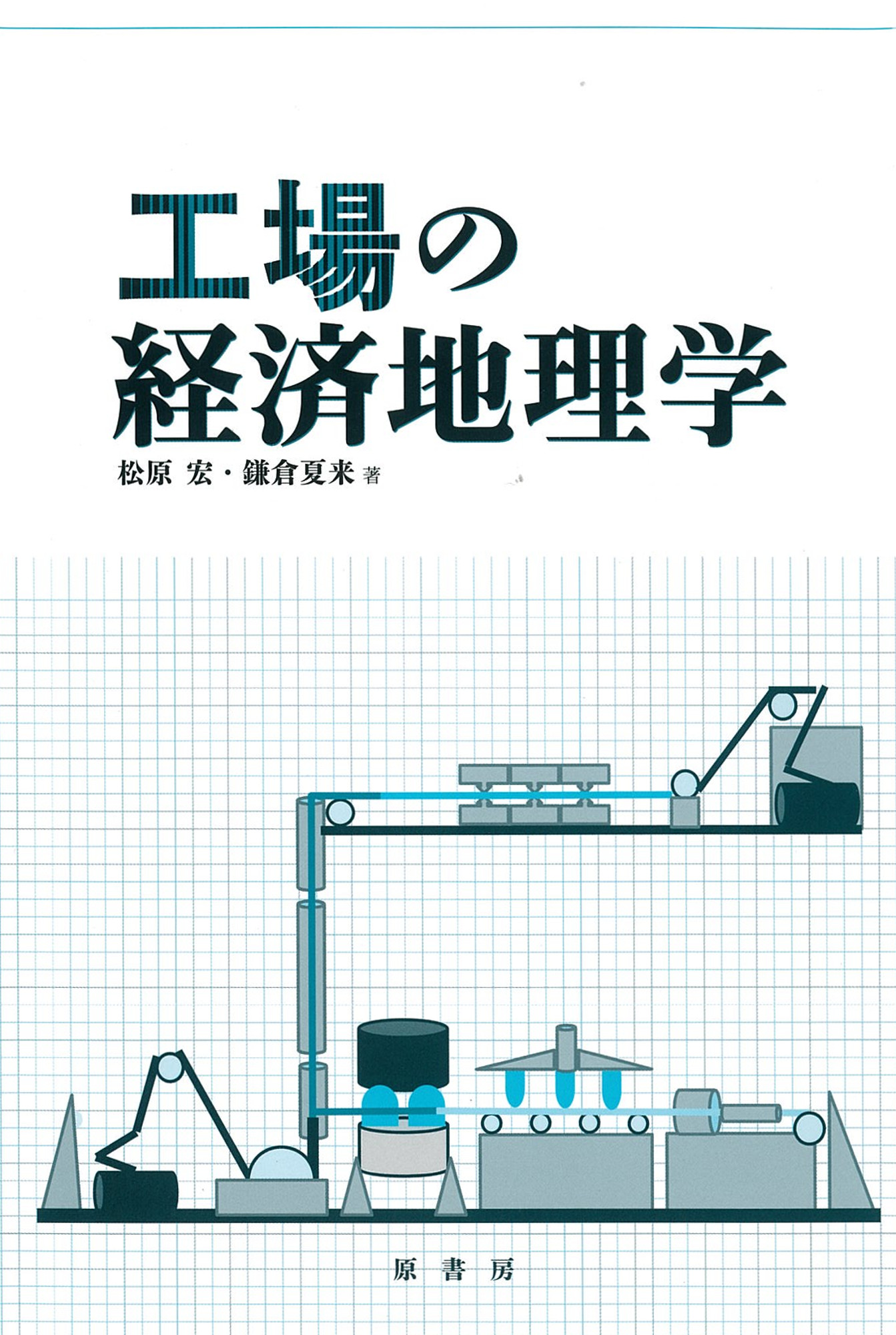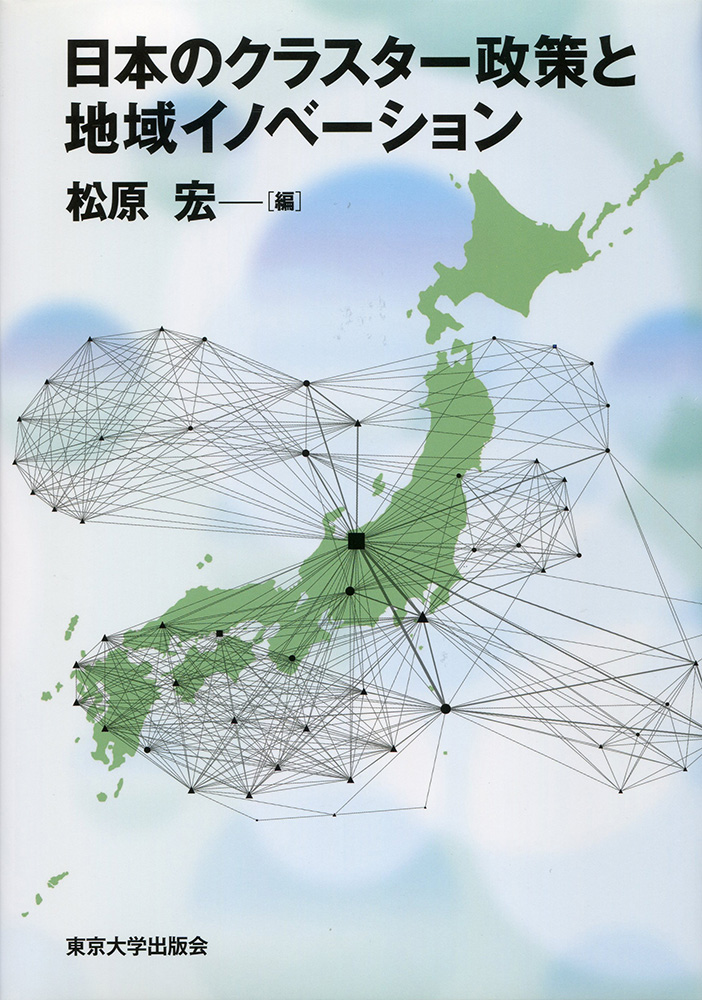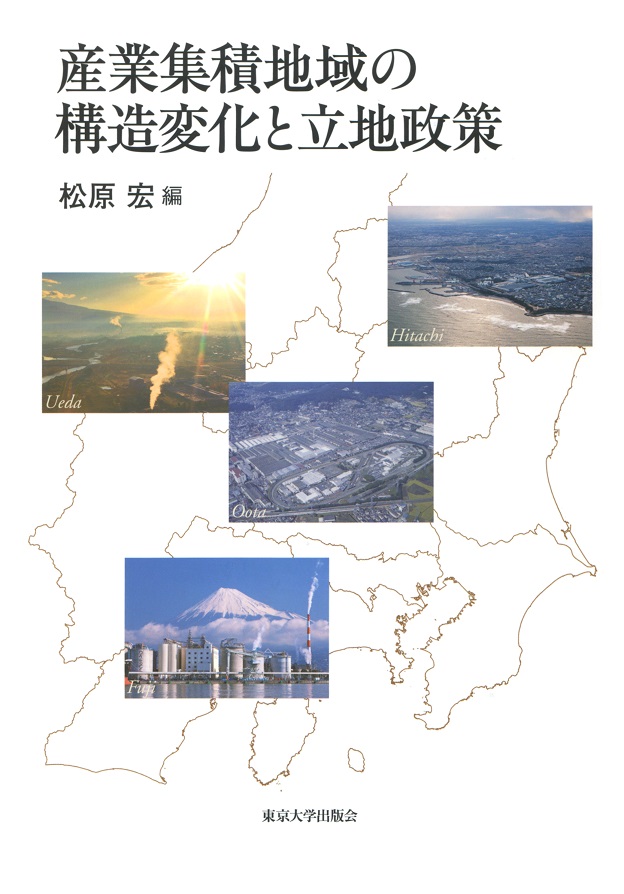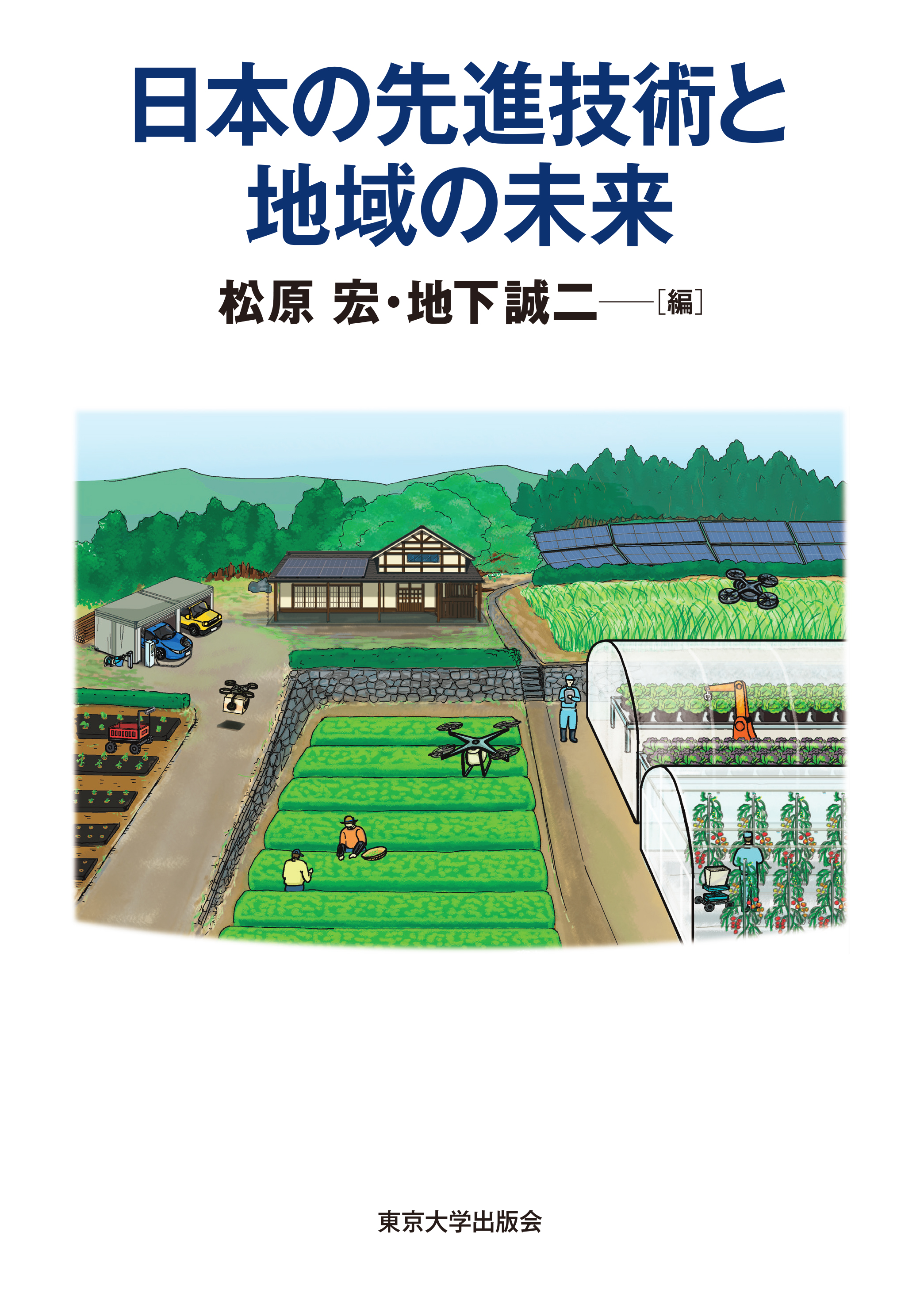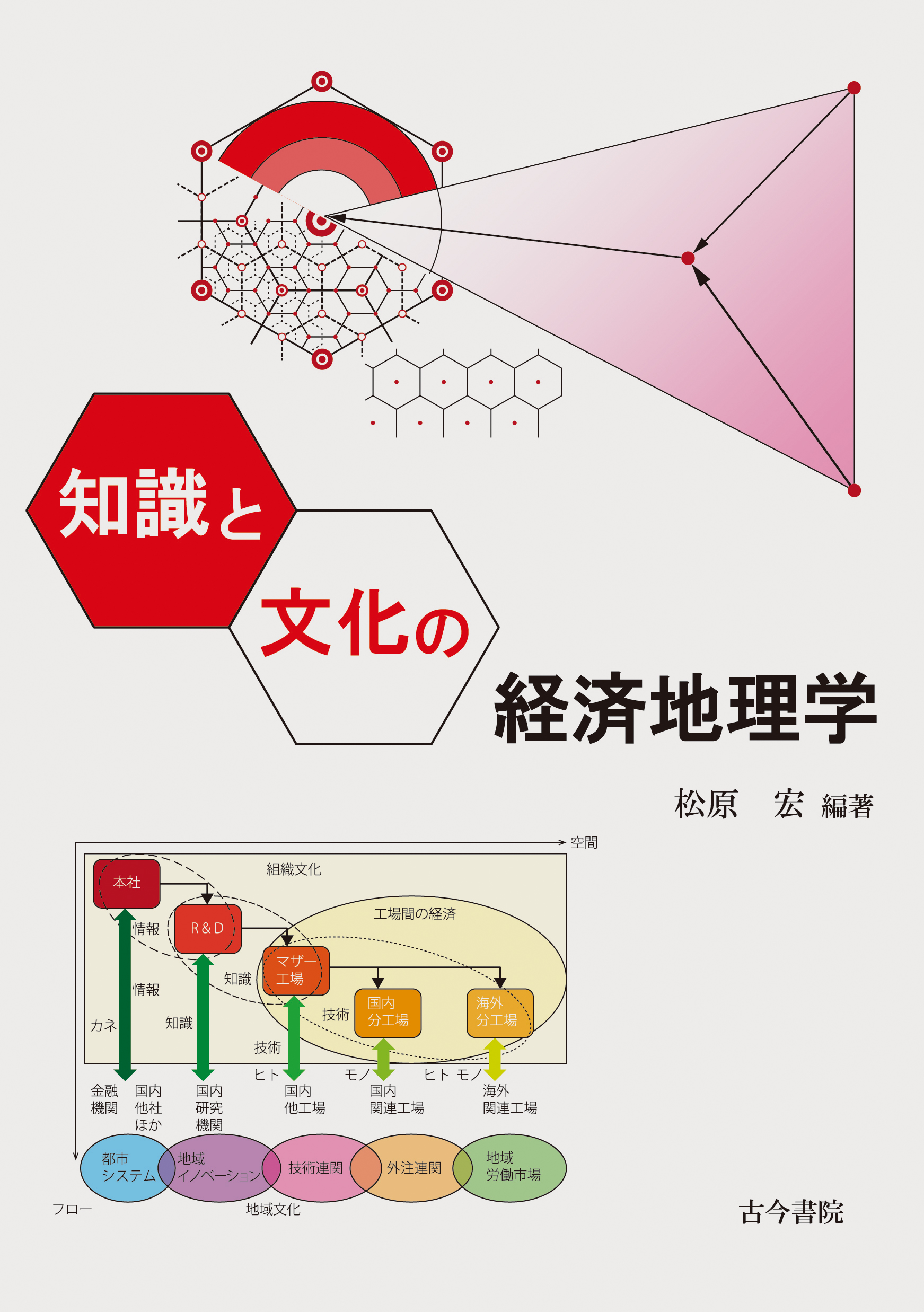
Title
Chishiki to Bunka no Keizai-Chirigaku (Economic Geography of Knowledge and Culture)
Size
302 pages, A5 format
Language
Japanese
Released
January 12, 2017
ISBN
9784772252959
Published by
Kokon Shoin
Book Info
See Book Availability at Library
Japanese Page
In order to broaden the narrow definition of economic geography regarding production and consumption to include intangibles such as knowledge and culture, this book – the first of its kind in Japan – looks at the wider definition of economic geography.
The first section of the book focuses on international themes, such as research and development (R&D) operations, the knowledge flow of multi-national enterprises (MNEs), and R&D clusters. The reorganization of Japanese industrial zones – taking into consideration the research on progressive technology development – will also be discussed. In the economic geography of knowledge, the focus in the past has been predominantly on the spatiality of knowledge flow and innovation. This book lists the review literature and empirical research on the globalization of knowledge, as well as the R&D of MNEs and R&D clusters. However, the correlation between the R&D of MNEs and R&D clusters is unclear in many aspects, and this book endeavors to show the complete picture through the analysis of the relationship between global and local knowledge flow.
Concerning technology, research that addresses spatiality and local aspects of technology transfer and expansion do exist. However, this research focuses on technology development based on the progressive discussion, and the process of introducing said technology into economic geography has only begun. In this chapter, we will focus on the Japanese ship-building, railway, and rice-snack industries; demonstrate that technologies in each of these industries have accumulated, been inherited, and have flourished in certain geographical areas; and discuss the reorganization of these industrial areas. The nature of these technologies is discussed relating to clusters, spin-offs, and supplier systems. The challenge here is to examine the relationship between them, as well as to consolidate them methodically into the research of economic geography of technology.
In the second section, the book attempts to bridge the elements of culture, economics, and geography. This is done by analyzing the geographical clusters of arts and culture industries such as advertisements and movies, and blending the cultural phenomenon such as festivals and town-building with policy themes, such as the revitalization of rural areas.
Regarding the advertisement industry cluster, research has been conducted in Western cities, such as London and New York, which allows this book to make an international comparison with Tokyo and Shanghai. Research that clarifies the unique quality of Japan in comparison with other countries is also required in the public art and movies space. The analysis of the relationship between the creativity of artists and the crew involved in making movies show that the production crew, as well as the audience, is also critical.
Furthermore, we examined various cultural phenomena, such as urban festivals, the preservation and usage of industrial heritage, the re-building of towns, Otaku commercial spaces, and how each relates to the policy challenges of rural cities in Japan. Here, the focus is on the challenges facing the rural cities in Japan, such as the decline of a city center and issues arising from the consolidations of cities. The challenge for future research is to systematically consolidate these examples into the study of cultural policy of economic geography.
(Written by MATSUBARA Hiroshi, Professor, Graduate School of Arts and Sciences / 2018)



 Find a book
Find a book


